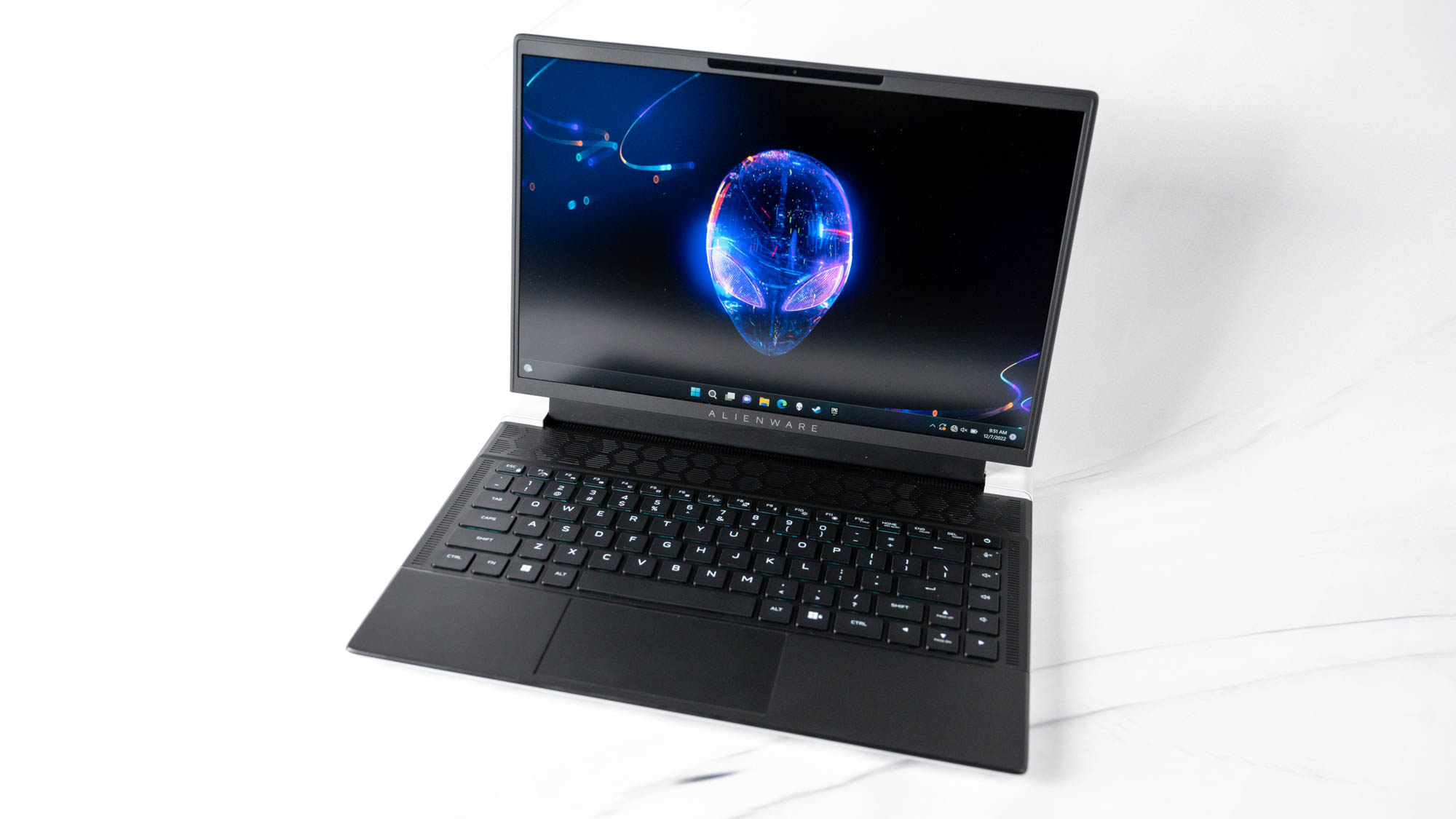18-inch gaming laptops prove that size does matter — but who will buy them?
The laptop that can replace a desktop has arrived

Acer, Asus, Alienware, Lenovo, Razer and more have all come to CES 2023 with beasty 18-inch gaming laptops. It’s clear they’ve all had some market research that screamed “bigger is better” and saw an opportunity to target an underserved audience.
They are some of the best gaming laptops of CES on paper, but does bigger actually mean better? Or does the age old mantra of “it’s not about the size, it’s what you do with it” still matter? I think the answer is a little more complex.
BDE (Big Display Energy)
During my second foray into the strange city of Vegas for CES, I’ve learned three things:
- Every casino seems to be addicted to playing the same damn Coldplay song.
- Don’t believe Google Maps when it tells you a casino one block away is walkable in 20 minutes — it will probably take up to an hour to get there.
- Everything (and I mean everything) is bigger.
That last one is pertinent to the slew of 18-inch gaming laptops that are dominating the show, giving users vastly more screen real estate over 14, 15, and 16-inch options.
Plus, we’re seeing manufacturers make the most of this additional size with improved thermal management (up to 25%, as touted by Alienware), more spaces to add additional SSD sticks inside, and a wider port array for increased connectivity.
On paper, it sounds like a smart move, but there is one problem — and it cuts to the core of what a laptop should be with one simple question.
Are they actually portable?
In one word: no. I get it’s technically a laptop, so you could whip it out on a train, but imagine being the person who takes up an entire train table with your beast of a system and its required power brick. Not a pretty sight, is it?
Sign up to receive The Snapshot, a free special dispatch from Laptop Mag, in your inbox.
Let’s take the Alienware m18 for example. At 16.2 x 12.6 x 1.05 inches (with no confirmed weight, but I can promise you its heavy), this is a notable step up over even the previous 17-inch systems, and a massive jump up from smaller form factors.
The manufacturers themselves don’t seem to be interested in talking about portability either. It’s clear that peak power potential is the focus here, but is this just a “just because you can do it doesn’t mean you should” moment for OEMs, or is there a bigger mission here — literally and metaphorically.
Outlook
Simply put, it’s great that consumers have another option in the gaming laptop field — something that gives you a big screen experience in a portable frame, but an 18-inch heffer doesn’t really lend itself to being portable.
Over the past couple of years, there’s been a blurring of the lines between a gaming desktop and laptop. Not to say that they are both just as powerful, but with this year’s crop of laptop CPUs and GPUs giving you up to two times more power than a PS5, it’s clear you could opt for a laptop and be just as happy.
And the 18-incher is the perfect welcome party for former desktop users into the world of gaming laptops. I can’t envision these being used out in the wild as much as smaller systems, but they can make for a pretty effective space-saving PC tower alternative.

Jason brought a decade of tech and gaming journalism experience to his role as a writer at Laptop Mag, and he is now the Managing Editor of Computing at Tom's Guide. He takes a particular interest in writing articles and creating videos about laptops, headphones and games. He has previously written for Kotaku, Stuff and BBC Science Focus. In his spare time, you'll find Jason looking for good dogs to pet or thinking about eating pizza if he isn't already.


